
Do you ever wonder about the history of public relations? The necessity to communicate has always existed, as has the desire to be presented in the best possible light. From the inscriptions on the cave walls and papyrus of ancient Egyptians to live streaming videos, a wide range of methods have been used throughout history to share stories with others. People have been using various tools and channels to transmit important information to each other and keep news of what’s occurring known. These communication methods have helped shape what we know as public relations today.
History of Public Relations: Most Interesting Facts
Here are some interesting facts about the history of public relations:
- One of the earliest known examples of public relations was Julius Caesar’s writings about his military conquests, which he used to shape public opinion and gain support for his campaigns.
- The first PR agency was founded in Boston in 1900 by George V. S. Michaelis, who focused on promoting theatrical productions and books.
- Ivy Lee, known as the father of modern PR, is credited with creating the first press release in 1906, which he wrote on behalf of the Pennsylvania Railroad Company to provide information about a train accident.
- During World War I, PR played a crucial role in shaping public opinion and gaining support for the war effort. The Committee on Public Information was established in the US to disseminate pro-war propaganda.
- Edward Bernays, who is often referred to as the father of public relations, pioneered the use of psychology and social science in PR campaigns. He worked with major corporations and political figures, including President Calvin Coolidge and President Herbert Hoover.
- One of the most famous PR campaigns of all time was the 1950s “torches of freedom” campaign created by Bernays to encourage women to smoke cigarettes as a symbol of feminism and freedom.
- The advent of television in the 1950s and 1960s led to a new era in PR, as campaigns began to be designed specifically for television audiences.
- The rise of the internet and social media in the late 20th century and early 21st century has transformed the PR industry once again, as companies and individuals can now communicate directly with their audiences through digital channels.
Four Ages of PR History
Traditionally, it’s considered to divide the history of PR into four ages: the Beginnings of PR, the Age of Print, the Age of Mass Media, the Age of Digital and Social Media.
In the 15th century, Johannes Gutenberg invented the first printing press in Germany. Predictably, the machine quickly gained popularity in Christian Europe. For 100 years, it spread from Kyivan Rus’ in the east to Lisbon in the west, from Greece in the south to Sweden in the north. This invention accelerated the beginning of the Renaissance and became one of the attributes of the transition from the Middle Ages to the New Age.
Therefore, the history of PR and propaganda is usually divided into before and after the 15th century, the age of print.
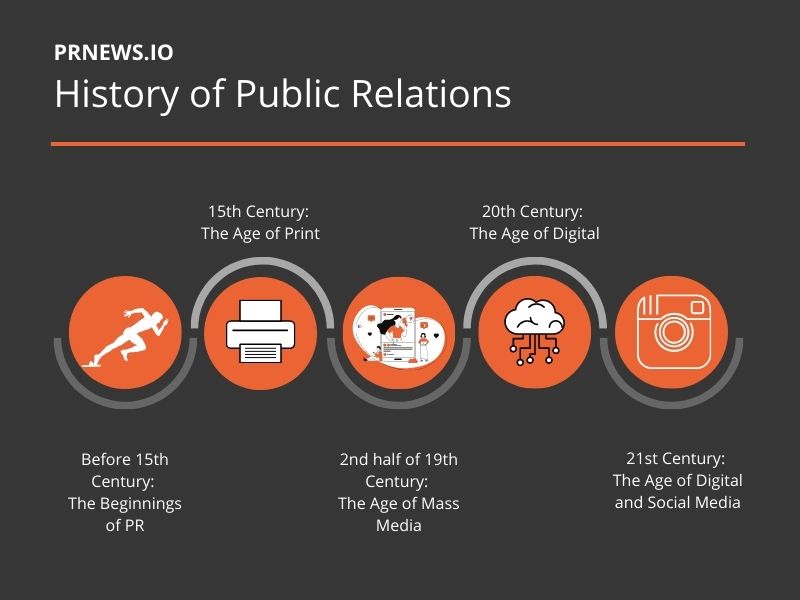
Before 15th Century: The Beginnings of PR
There are many examples where public relations has been used for millennia.
37000–17000 BC
Cave inscriptions are among the first forms of graphic communication. The pigments for those paintings were made from the juice of fruits and berries, colored minerals, or animal blood. The aim and reason of these ancient drawings have been learned by scholars for years, but the most popular theory states that the inscriptions were used as an instruction for others what animals were safe to eat.
Some of the earliest known paintings were found in the El Castillo cave in northern Spain, southern France, and the limestone caves of the Indonesian island of Sulawesi.

3300 BC
The “sacred carvings” found in Egypt were commonly written by royalty, priests, and civil officers to communicate prayers, magical texts, worship details, thoughts about life after death, pharaohs’ documents, biographies, and counting (e.g., the size of the pyramids).

300-100 BC
Early handwritten documents and books appeared. The word “manuscript” is received from the Latin term “libri manu scripti” which means to “book written by hand”. Most handwritten manuscripts were made from vellum as the paper was not widely available. The first manuscripts found at Qumran (Israel) date from the 3rd century B.C.E. e. to the 1st century AD and have great historical, religious, and linguistic significance.
Let’s remind ourselves, the Library of Alexandria, an extensive library that stored more than a half million scrolls and manuscripts, was a meeting place for scholars and intellectuals.
The majority of books and documents were written for religious purposes. This was due to the fact that writing a religious book was viewed as a form of worship, and also that most books were written by monks in monasteries. Because only the monks and the very rich people were given the opportunity to become literate.

50 B.C.
In 50 B.C. Julius Caesar wrote the first campaign biography, which was called Caesar’s Gallic Wars. He “advertised” his military exploits to convince the Roman people that he would become the best leader of the state. Political candidates keep on publishing themselves with their biographies and merits to this day.
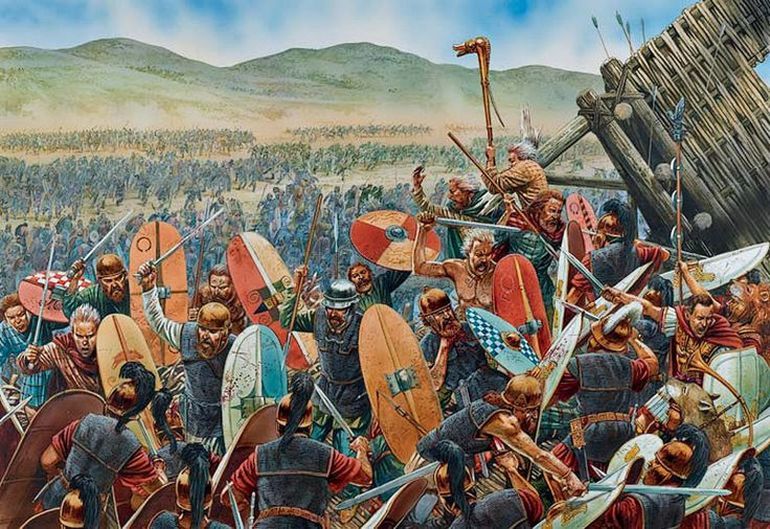
1st Century
Apostle, theologian, and letter writer, St. Paul, created some of the earliest Christian writings. He moved around the Mediterranean and spread the word about Jesus.
In 394 A.D., St. Augustine being a professor of rhetoric in Italy transmitted the regular eulogies to the emperor and was the closest person to a minister of propaganda for the imperial court. Thus, St. Augustine was one of the first the President’s press secretary or communication directors, if we needed to adapt his position to the modern title.

206 BC to 220 AD
During the Chinese Han dynasty, handwritten news sheets were distributed among government officials. This early form of written news was used and distributed again in China during the Tang Dynasty in the eighth and ninth centuries.
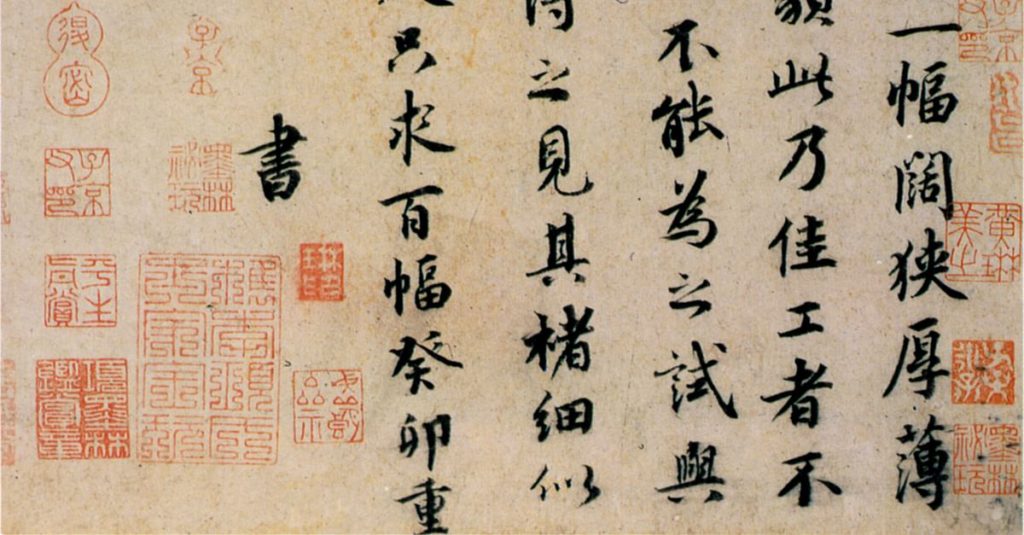
700-1300
The period between the 7th and 13th centuries is called the age of the religious manuscript. The 13th century, however, caused an exciting change in the realm of the written word.
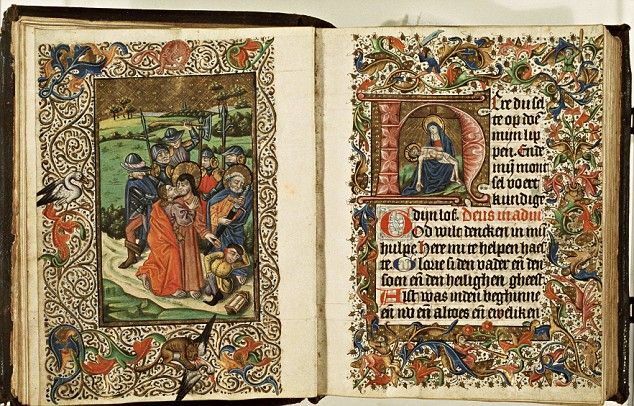
1162–1227
Genghis Khan, known for his huge conquests in Asia, united the Mongols and created an empire. He invented a system of way stations for horses and their messenger riders, helping the empire give orders and share the news.
While it is still debated, public relations first served as a method to manage and manipulate public opinion through sociology and mass psychology, however, at the beginning public relations was criticized for sometimes being a major form of propaganda.
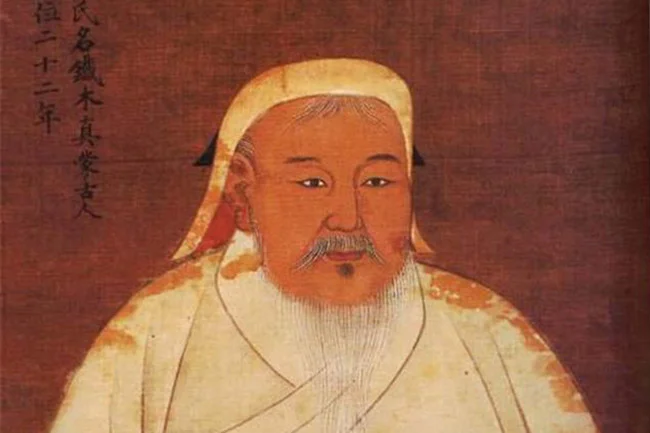
15th Century: The Age of Print
In the 1440s in Mainz, Germany, Johannes Gutenberg revolutionized printing production when he invented the printing press. Using a wine press and movable cast metal type, his invention could make documents at a lower cost and higher volume, deriving a huge increase in accessing knowledge and information.
Propaganda was very widespread after the creation of the printing press. It allowed outstanding figures to spread information to the audience and influence them to think a certain way. This was a great tool when many countries grew into a democracy and citizens had the right to participate in government elections. During this time, there were many people using public relations to manage public opinion.
1517
The beginning of the Protestant Reformation started in the “Disputation on the Power and Efficacy of Indulgences” published by Martin Luther to the Wittenberg Palace church door. The book, called the “95 theses,” listed Luther’s grievances with the Catholic Church. Using the Gutenberg printing device, Luther supporters printed copies of the theses, spreading the word across and beyond Germany.
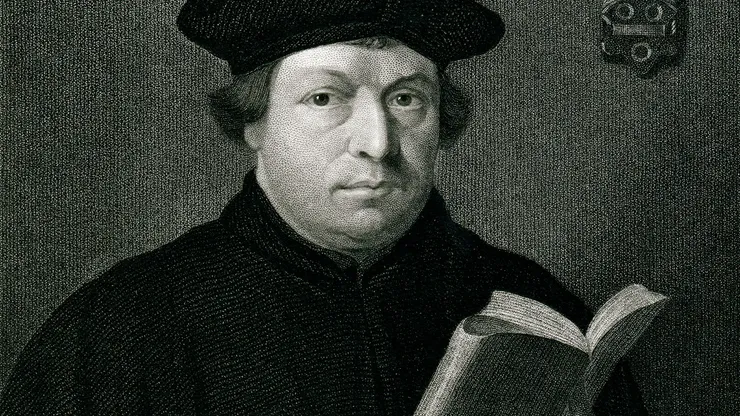
1572–1627
‘Propaganda’ the Latin word for plant and animal reproduction, was reinvented by Pope Gregory XIII (1572–85) when he created the propaganda document, a commission of cardinals tasked with spreading Catholicism to non-Catholic countries.

1773
American colonist and Founding Father Samuel Adams was called a “master of propaganda” who promoted political messages to resist the British monarchy. You may find out more searching for information about The Boston Tea Party.

1829
The White House started to use PR in its communications. Newspaper owner Amos Kendall was considered one of the most important figures of journalism of the 19th century. He became the most influential member of President Andrew Jackson’s cabinet, drafting many of Jackson’s policy messages re-creating the president’s image from a southern-born war hero to a polished intellectual.
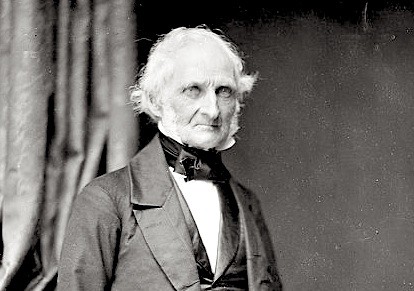
2nd half of 19th Century: The Age of Mass Media
Many communication inventions appeared during the 1800s and 1900s:
- the telegraph (1830s by Samuel Morse);
- the daguerreotype (1839 by Louis Jacques Mande Daguerre);
- the telephone (1876 by Alexander Graham Bell);
- the phonograph (1877 by Thomas Edison);
- the gramophone (1887 by Emile Berliner),
- the motion picture camera and wireless telegraphy ( 1892 and 1896 by Thomas Edison);
- Tesla coils (1897 be Nikola Tesla);
- photography (1826 by Joseph Nicéphore Niépce).
That’s why appeared far more possibilities to spread the ideas, it had a huge impact on the PR industry of those times and therefore it is considered to be the new era of mass media.
1871
Phineas Taylor (P.T.) Barnum was a master of press agentry, an early form of publicity that relied on “pseudo” events and often deception in the name of promotion.
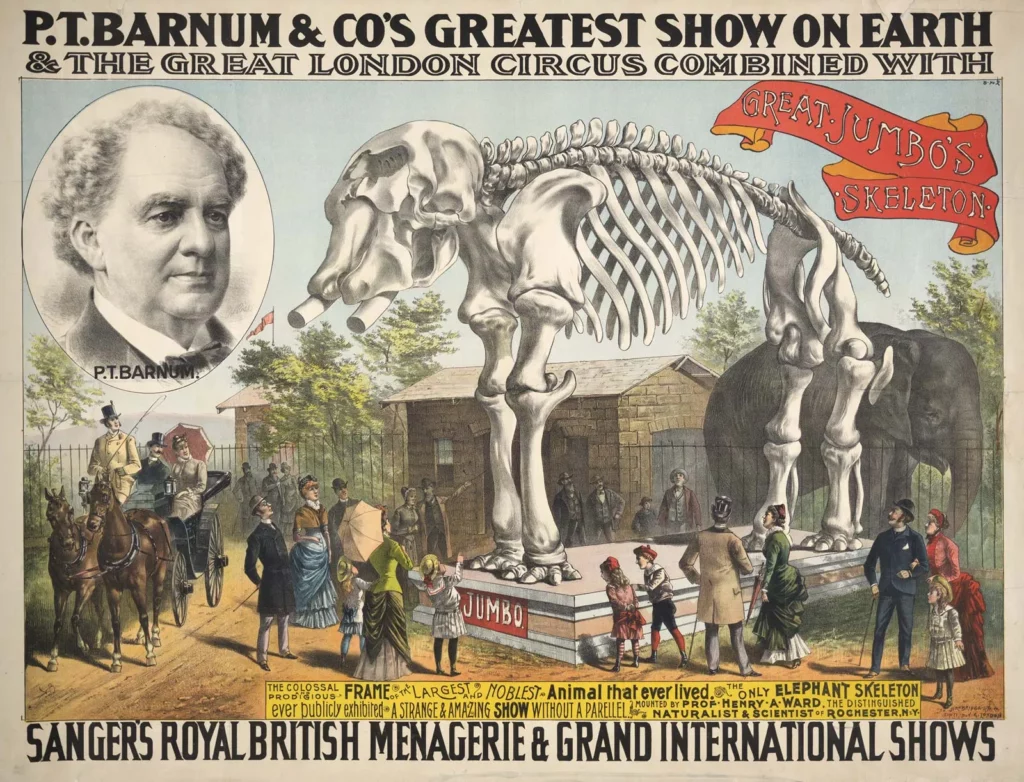
1882
It was a big lesson for the future PR business that “Words cannot be unsaid.” William Henry Vanderbilt (1821–85), president of the New York Central and numerous other railroads, was a quiet, honest, modest, and, above all else, moderate man.
Within twenty-four hours of his quote, the phrase “The public be damned…” had become one of the great public relations catastrophes in American business history and was published on the first pages of hundreds of newspapers. It was the first huge business scandal, showed the significance of words, and provoked editorials, sermons, cartoons, and political speeches by the thousands. So what happened?
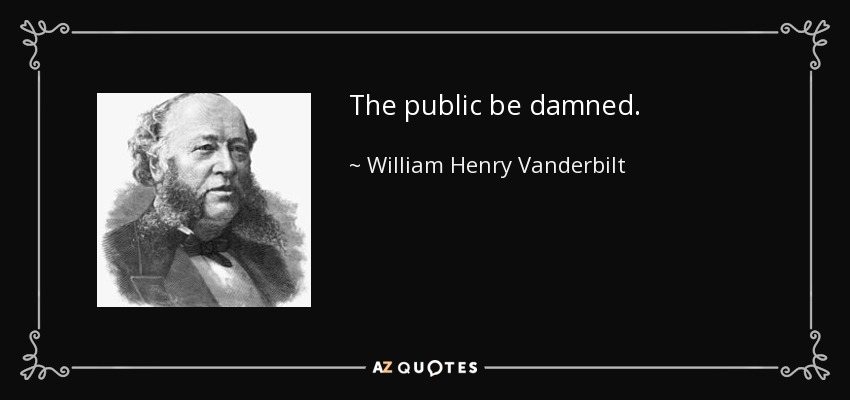
Vanderbilt was on his way to a tour of the West and was traveling in his private railroad car to Chicago. Clarence Dresser, a young freelance reporter with a reputation as a journalistic agent provocateur, sought an interview. He had barged into Vanderbilt’s car on its arrival and demanded his immediate attention. Vanderbilt said that he was in the middle of lunch but, if Clarence would wait until he had finished, he would talk with him.
“But it is late,” Dresser said, “and I will not reach the office in time. The public—”
“The public be damned,” Vanderbilt burst out. “You get out of here!”
But came back to the office Dresser made his way to the Tribune and turned in a different story:
“Does your limited express [between New York and Chicago] pay?” Dresser asked.
“No, not a bit of it. We only run it because we are forced to do so by the action of the Pennsylvania Road. It doesn’t pay expenses. We would abandon it if it was not for our competitor keeping its train on.”
“But don’t you run it for the public benefit?”
“The public be damned…”
20th Century: The Age of Digital
The 20th century continued to fuel the development of public relations with such inventions as long-distance radio communication (1900 by Guglielmo Marconi), television (1939), Internet (1969), cell phones (1973). Which, of course, accelerated and changed the methods of information transfer and its management.
But despite such a long history of Public relations and various devices for it, PR as a profession appeared only in 1903 as Ivy Lee undertook to advise John D. Rockefeller on how to conduct his public relations.
Rockefeller owned coal mines and the Pennsylvania Railroad. Miners were on strike and the railroad didn’t mention the facts when its trains had accidents. Lee recommended Rockefeller to come to the coal mines and talk to the miners.
Rockefeller spent time listening to the complaints of the miners, satisfied some of their requests, danced with their wives, and became a hero to the miners. After a railroad accident, Lee invited journalists to inspect the crash and collect the facts.
The Pennsylvania Railroad then obtained its first positive press coverage. Lee promoted public relations by following these principles:
- Tell the truth.
- Provide accurate facts.
- Public relations managers must have access to top management and decision-making.
Mr. Ivy gave a description to public relations, as “Public relations means the actual relationship of the company to the people and that relationship involves more than talk. The company must act by performing good deeds.”
1918
Public relations became more professional in 1918 as Edward Bernays advised the President of the new country of Czechoslovakia to announce independence on a Monday, rather than on a Sunday to get maximum press coverage.
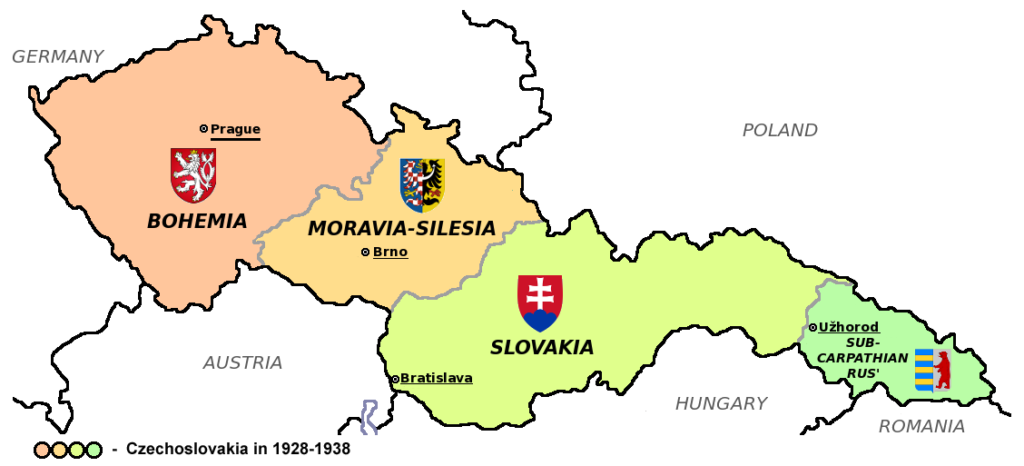
Bernays and Lee were highlighting the idea that the enterprise should accept social responsibility. Bernays’ concepts about social responsibility led to his refusal to accept unethical clients.
1933
Campaigns Inc., the first political consulting company, was created by husband and wife team Clem Whitaker and Leone Baxter. The company worked with Republican candidates and created PR techniques still used nowadays.
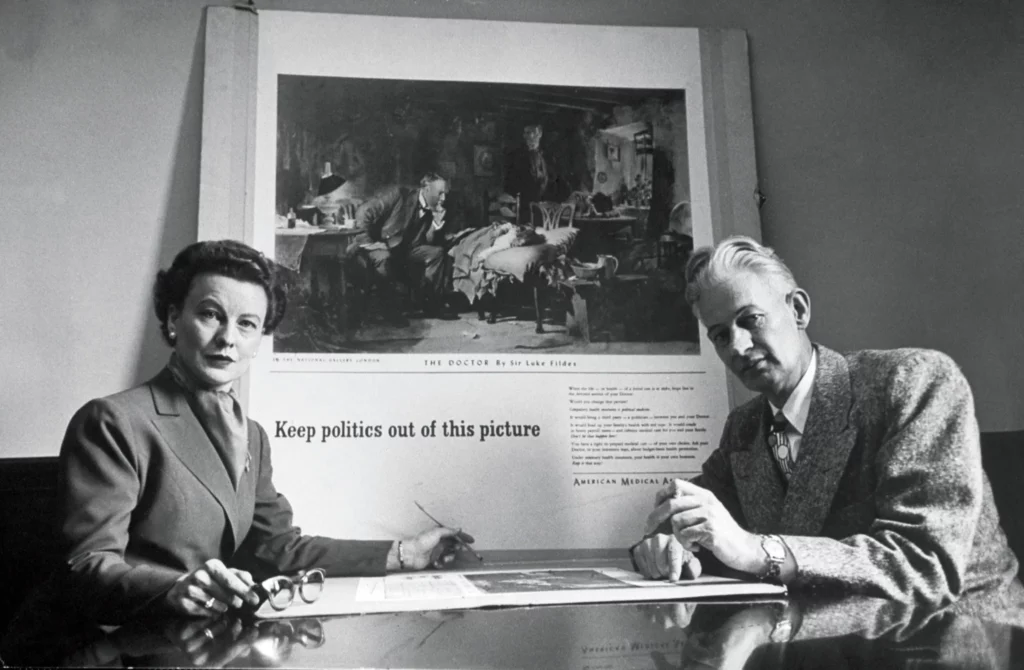
1939
Television Pervades the Landscape. At the 1939 New York World’s Fair, the Radio Corporation of America (RCA) announced the all-electronic television. By the 1950s, televisions had swept the nation, providing news, entertainment, and advertisements into the home.
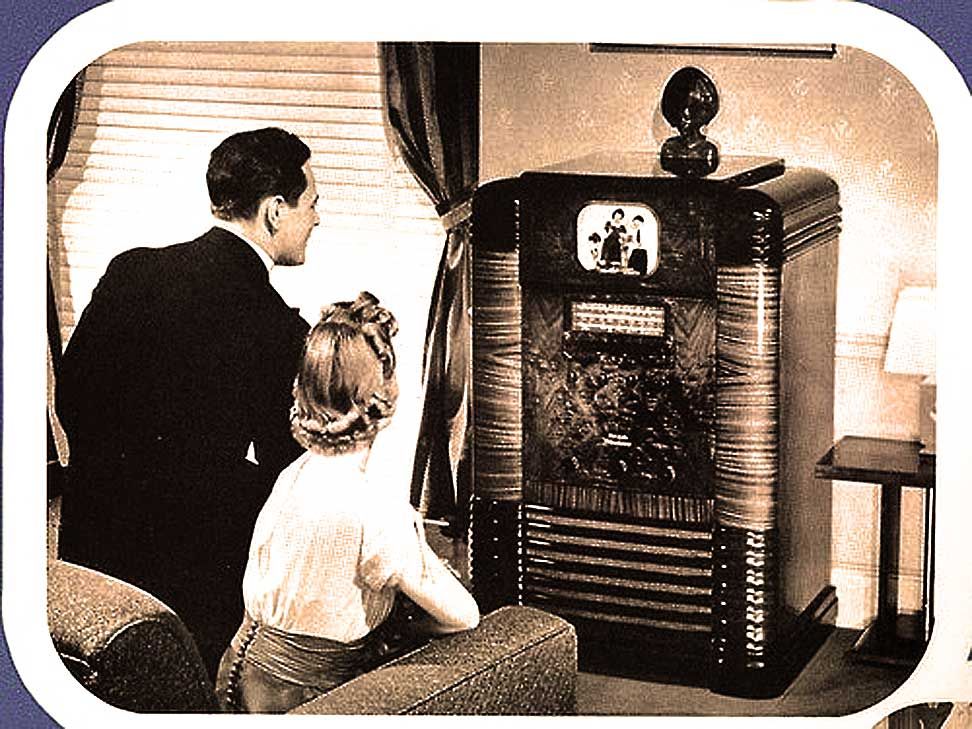
1942
World War II showed a variety of PR techniques. Joseph Goebbels leaded propaganda movements for Hitler, ensuring all communication was in support of the Nazis regime.
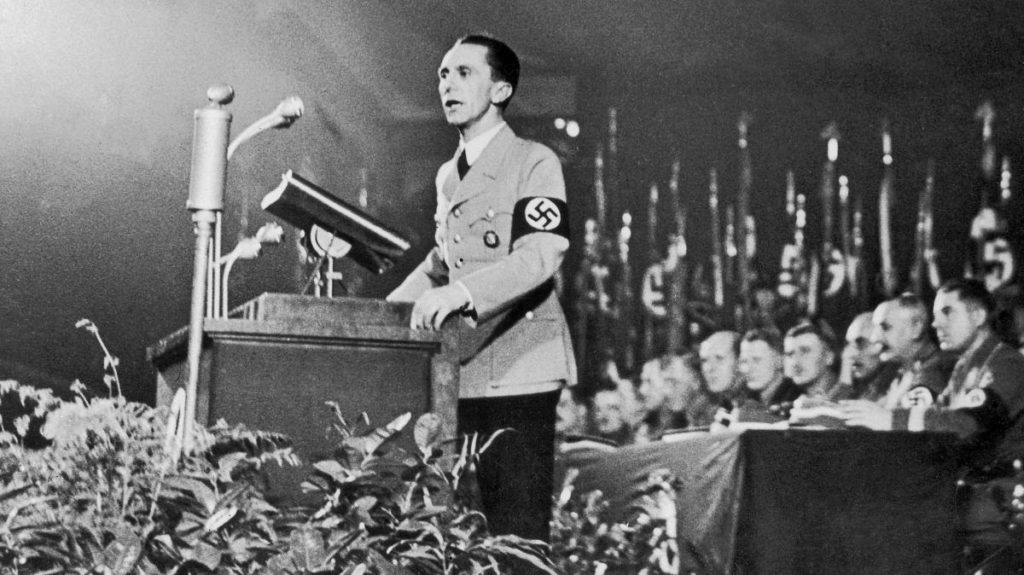
The 1930s – 1950s
Following the War, there was a rise in public relations agencies. And the field was developing into a business. Notable agencies including Carl Byoir & Associates (1930), Edelman (1952), and Burson-Marsteller (1953) would continue to prosper and become multinational companies.

The 1950s–1970s
Posters, buttons, anthems, and chants were among the tools used in the biggest social movements of the 20th century.
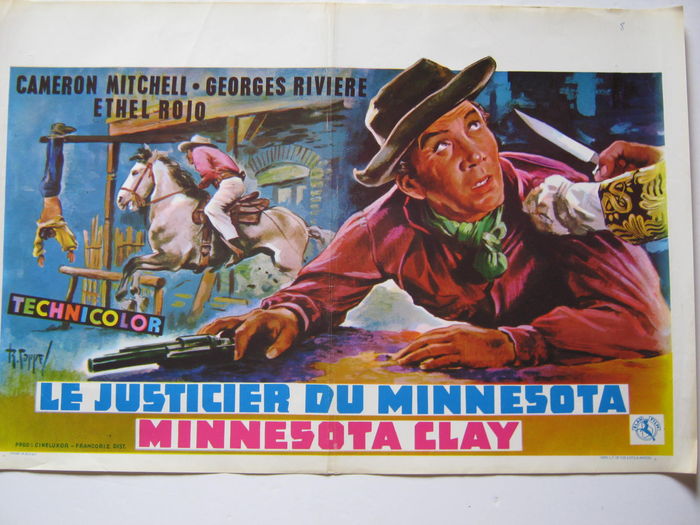
1969
On Oct. 29, 1969, ARPAnet connected to the internet and delivered its first message: a “node-to-node” communication from one computer to another, using satellite communication.
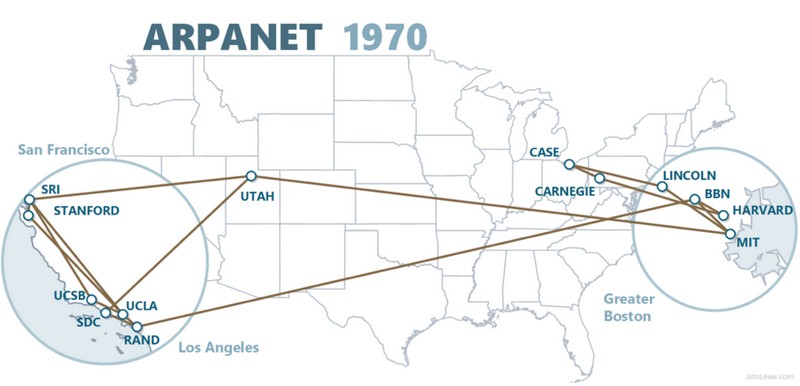
21st Century: The Age of Digital and Social Media
In the early 2000s, public relations became prominent as the internet created a source where information was readily available to people.
Blogging became one of the most popular social media platforms. A weblog or “blog” was first developed in 1997 but became mainstream in 2000. A blog made it possible for any person with Internet access to create a type of website without having to be familiar with any form of HTML coding that is generally necessary to create a website. Blogs replaced journals as a form of self-expression for many young people.
Social media and blogging have had a significant change in personal and professional relationships. Reputations started to be able to built and destroyed with a few clicks.
2008
Social media in politics. The 2008 presidential election was the first time social media had such an extensive use and connected politicians and voters. Barack Obama used Facebook, YouTube, MySpace, Twitter, Digg, BlackPlanet, LinkedIn, AsianAve, and more platforms to gain the youth vote and win the election.
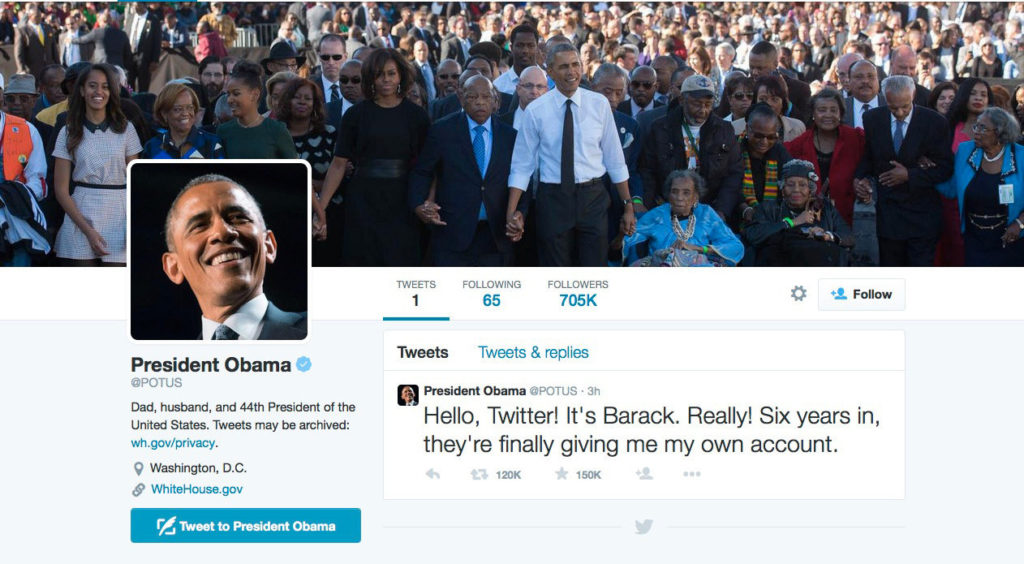
Social media’s unparalleled growth at the beginning of the 21st century brought profound changes in human connections. The public relations profession took a leadership role in social media’s use and development as a two-way communication instrument.
2015
The New York Times added to the dimensions of storytelling when it converted an ordinary cardboard box when combined with a smartphone, into a virtual reality device.
Content Marketing Platform
- 100,000+ media publications;
- get backlinks to your product;
- scale work with content distribution.
The Future
With new technology always on the horizon, the way we and enterprises communicate with each other will change dramatically. To be continued…





